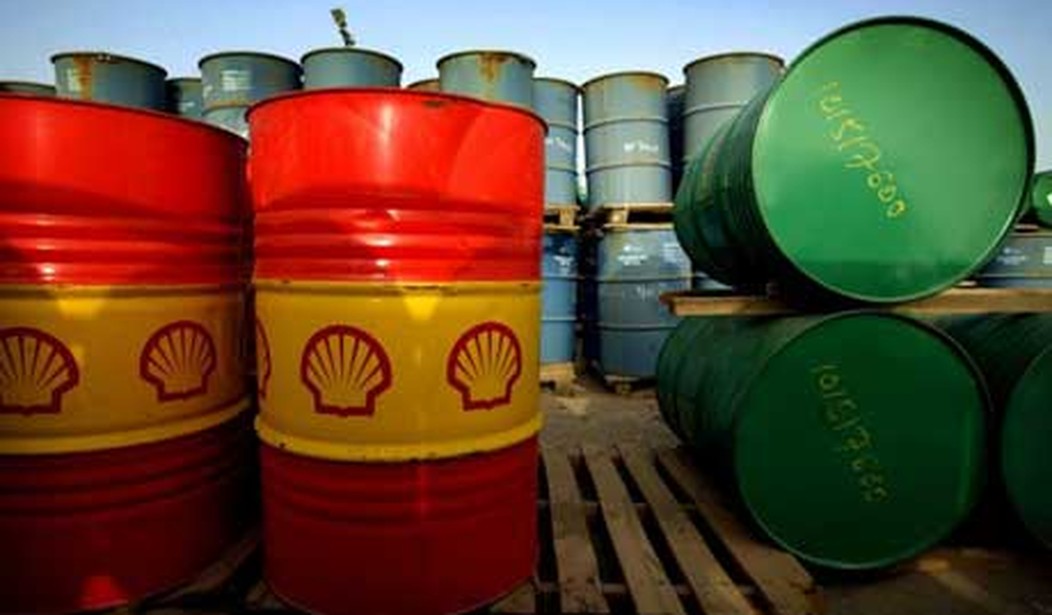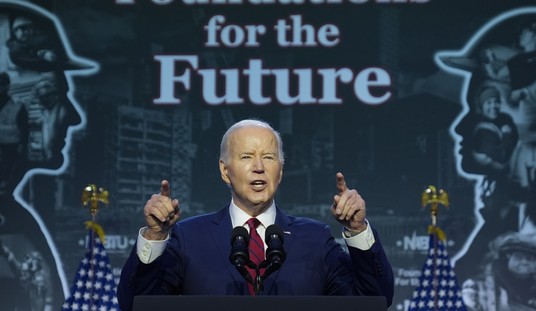WASHINGTON – U.S. energy production is on the upswing despite a decline in exploration on public lands that critics claim is slowing the nation’s economic progress.
A report released this week from the nonpartisan Congressional Research Service confirmed that crude oil and natural gas production on leased federal lands and water has waned during President Obama’s administration.
Oil production declined 6 percent on federal lands from 2009 to 2013, according to the report, while gas production fell 28 percent. Meanwhile, crude oil production soared 61 percent on nonfederal land and gas production grew 33 percent.
It is the production increase on private lands that has the U.S. on track to become the world’s largest oil producer. Crude oil production on state and private lands has risen by 2.1 million barrels per day over the period.
Had production increases on federal land mirrored the jumps on private property, the U.S. would be producing more than 8.4 million barrels of oil a day — almost twice as much natural gas.
“Oil production has fluctuated on federal lands over the past five fiscal years but has increased dramatically on non-federal lands,” the report said. “Non-federal crude oil production has been rapidly increasing in the past few years partly due to favorable geology and the relative ease of leasing from private parties.”
The service attributed the production differences, at least in part, to the growing oil shale industry, which thus far has occurred primarily on privately owned properties. The Deepwater Horizon oil rig explosion in the Gulf of Mexico in 2010 also carried an impact since it led to a drilling moratorium offshore.
Those revelations are not stopping critics from hopping on administration policies.
“There is no disputing the fact that our nation’s domestic energy production on federal lands has been stymied by this administration and is trending in the exact opposite direction of the rapid growth we’re seeing on private and state lands,” said Sen. David Vitter (R-La.), ranking member on the Senate Environment and Public Works Committee.
The Obama administration, Vitter added, “adheres to a far-left environmentalist agenda. They continue to limit access to federal land and suffocate our domestic energy producers with red tape.”
Rep. Fred Upton (R-Mich.), chairman of the House Energy and Commerce Committee, noted that while the president “often boasts about America’s recent energy boom and our progress toward self-sufficiency” his rhetoric “does not square with the fact that the administration has done more to thwart American energy production than support it.”
The U.S., Upton declared, has become “the world’s leading oil and natural gas producer” despite roadblocks posed by the administration.
“By expanding energy access and making it easier to produce on federal lands, the president has the opportunity to join us in this bipartisan effort and live up to his ‘all-of-the-above’ promises,” Upton said.
The CRS report found, among other things, that the permitting process for exploration on federal lands has been lengthened under the Obama administration. It took 41 percent longer to process an application for a permit to drill in 2011 than it did in 2006 – growing from 218 days to 307 days.
In a statement, the Department of Interior noted that domestic oil and gas production has grown each year Obama has been in office. Domestic oil production currently is higher than any time in two decades and natural gas production is at its highest level ever.
In addition, renewable electricity generation from wind, solar, and geothermal sources has doubled. Combined with recent declines in oil consumption, foreign oil imports now account for less than 40 percent of the oil consumed in America – the lowest level since 1988.
The U.S. is taking greater advantage of offshore opportunities as well. Secretary of the Interior Sally Jewell last month announced that oil and gas lease sales for federal waters in the Gulf of Mexico garnered $872,143,771 million in high bids on 329 tracts covering 1,707,358 acres.
“These lease sales underscore the president’s commitment to create jobs and home-grown energy through the safe and responsible exploration and development of our offshore energy resources,” Jewell said. “The Gulf is a critical component of our nation’s energy portfolio and holds vital energy resources that spur economic opportunities for Gulf producing states as well as further reduce our dependence on foreign oil.”
Bureau of Energy Management Director Tommy P. Beaudreau said the Gulf remains “one of the most productive basins in the world and the Obama administration supports the development of our nation’s offshore oil and gas resources in the Gulf of Mexico while protecting the human, marine and coastal environments and ensuring a fair return to the American people.”
In 2013, according to DOI, the Bureau for Land Management maintained 12.6 million acres actively producing oil and gas – the most in six years. It also offered an additional 5.7 million acres for development – the most in 10 years.
The report found that there are 5.3 billion barrels of proved oil reserves located on federal acreage onshore and another 5.6 billion barrels of proved reserves offshore – almost all of it in the Gulf of Mexico. Taken together, the U.S. federal oil reserves equal about 43 percent of all U.S. crude oil reserves. Proved oil reserves are amounts accessible under current policy, price, and technology.








Join the conversation as a VIP Member